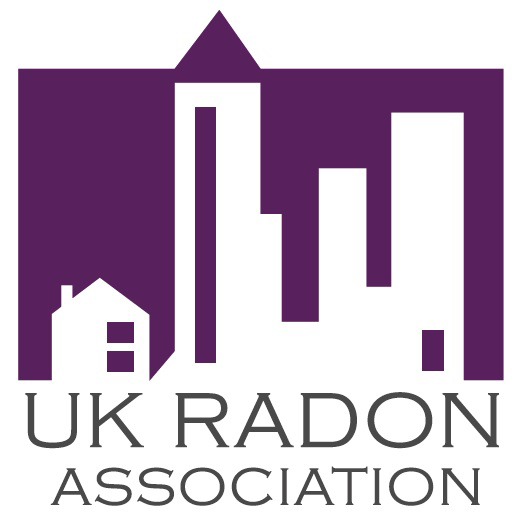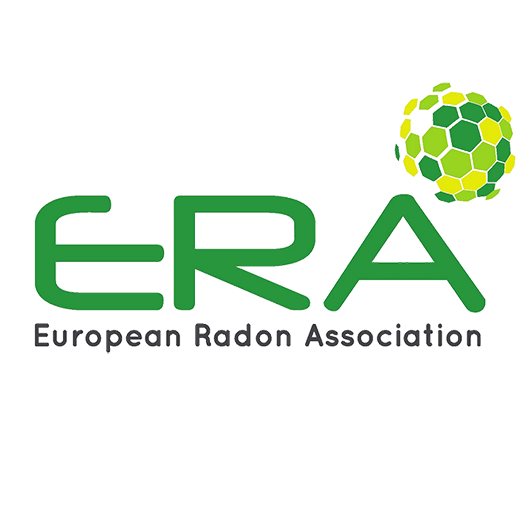Nowadays there are radon regulations all over the world that determine the parameter called radon concentration. Of all the radon measurement techniques, radon detectors based on CR39 plastic chips are the most widely used radon detection techniques throughout the world.
What is a CR39 radon detector?
CR39 is the name given to the plastic made from PADC. PADC stands for polyallyl diglycol carbonate. CR39, which means “Columbia Resin #39”, was first used during World War II in the tanks of bomber aircraft.
CR39 plastics have two main applications. Firstly, it is used as a base material for optical lenses and is found in many of the eyeglasses people wear. Another application is the detection of ionising radiation. CR39 plastics are excellent detectors for alpha particles and neutron dosimetry.
CR39 is an old technology that works very well today
CR39 detectors are also known as SSNTDs or Solid State Nuclear Track Detectors. They are a well-established technology used to detect ionising radiation. It provides a simple way to measure the alpha particles from the decay of radon.
Alpha particles produced as a result of radioactive radon decay damage material. By analysing this damage, it’s possible to work out how much radon, for example, has been in the air.
This technology is still used today because it’s a very robust and well-understood technique. Modern electronic devices have to take into account the influence of other electronic devices and environmental factors such as temperature and humidity.
CR39 detectors are very resistant to environmental factors
CR39 detectors are not affected by environmental factors such as gamma radiation or humidity, making them a very reliable choice. They are also more cost effective. With their economical cost and robustness, CR39 detectors are still the most widely used method of detecting radiation from radon exposure.
Because CR39 detectors are made of plastic they are subject to the effects of the natural degradation of the polymer material, referred to as ageing and fading in the industry. Test laboratories can take such effects into account with the right understanding and equipment to ensure accurate results are reported.
CR39 and the cost of radon detection
CR39 radon detectors are relatively inexpensive and therefore it is possible to measure in a large number of locations and get an initial picture of what the radon levels are.
By using CR39 radon detectors you can get the radon concentration at the measurement location either in a short term exposure or in a long term exposure. Long-term measurements provide the value of the annual radon activity concentration. This parameter is required by many national legislations, such as the EURATOM BSS, for comparison with the reference value.
The same CR39 radon detectors also have other applications such as personal radon dosimetry or radon activity concentration in soil gas.
Contact us
Read more about radon in the workplace and in homes on our international website.
Remember that the only way to know your radon level is to have it measured.
Always use an ISO 17025 accredited laboratory for your radon measurements.








